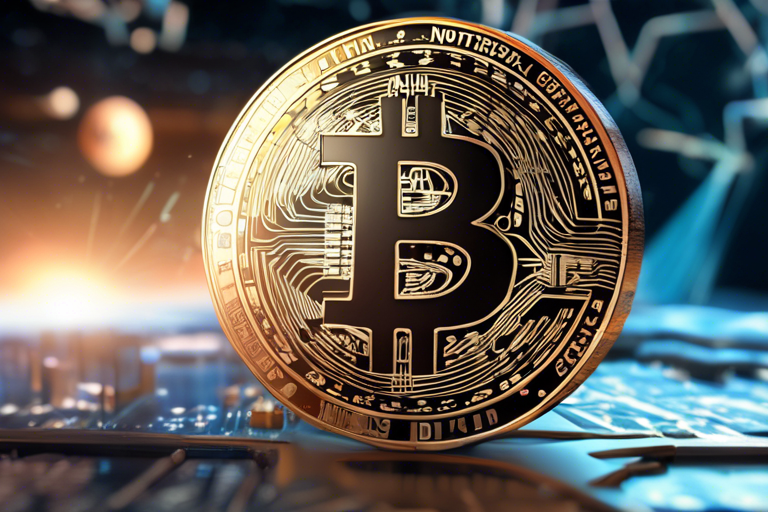Understanding the Impact of CPI Announcements on Bitcoin Prices 🌐
As a crypto enthusiast, you might be intrigued by the dynamics shaping Bitcoin’s value in the context of macroeconomic factors. Since Bitcoin’s launch in 2009, it has encountered various economic challenges similar to traditional assets like gold. The ongoing debate about Bitcoin’s viability as an inflation hedge has gained traction, with recent studies highlighting the correlation between Consumer Price Index (CPI) announcements and Bitcoin price movements.
Effects of CPI Reports on Bitcoin Valuation 📉
Bitcoin’s price reactions to CPI data have shown variability over time. For example, in April 2022, a decrease in CPI from 8.5% to 8.3% led to a significant drop in Bitcoin’s price by 11%. In contrast, during October 2022, a drop in CPI from 8.2% to 7.7% resulted in a 9.68% rise in Bitcoin’s value.
More notably, in May 2024, Bitcoin experienced a price increase of 7.02% following a CPI announcement that reported a minor reduction from 3.5% to 3.4%. Such examples illustrate that the anticipated connection between CPI adjustments and Bitcoin values is far from clear-cut.
Bitcoin’s Response to Inflationary Pressures 📈
The actions taken by the Federal Reserve to raise interest rates starting in March 2022, intended to subdue inflation, have exerted a more substantial influence on Bitcoin valuations compared to CPI data alone. The rise in interest rates has inflated borrowing costs, thereby affecting speculative investments, including Bitcoin. Nevertheless, a decrease in CPI figures has often corresponded with a rise in Bitcoin prices, demonstrating the intricate relationship between these economic metrics.
Bitcoin is viewed as both a speculative asset and a safeguard against currency devaluation, which plays a crucial role in how it reacts to inflation. Although its applications in daily transactions lag behind those of fiat currencies, Bitcoin’s limited supply contributes to its market dynamics.
The Role of Central Banking on Bitcoin’s Market Behavior 🏦
Central bank policies notably shape Bitcoin’s market behavior. For instance, during the regional banking turmoil in the United States, Bitcoin prices witnessed a boost of 9.5%, underscoring its potential to act as a safeguard against traditional banking vulnerabilities.
Currently, Bitcoin’s inflation rate is at a low rate of 0.84% as of October 2024, a result of its capped supply, which positions it as a viable hedge against the devaluation of fiat currencies driven by central bank strategies.
The Significance of Monitoring Inflation Reports 📊
Inflation is generally gauged by government agencies like the Bureau of Labor Statistics in the United States through the Consumer Price Index. This index reflects changes in the prices of goods and services. Central banks, including the Federal Reserve, manipulate inflation rates through monetary policy maneuvers. For example, the Fed’s balance sheet expansion in 2020 contributed to a notable inflation surge in 2022.
While the theory may suggest that Bitcoin prices should increase in tandem with higher CPI figures and decrease with lower ones, empirical data often contradicts this assumption, as evidenced by various analyses.
Hot Take: The Intricate Dance of Bitcoin and Economic Indicators 🔥
As you navigate the world of cryptocurrency, understanding how broader economic indicators like CPI reports and central banking policies impact Bitcoin prices is vital. The complexity of these relationships suggests that while Bitcoin holds promise as a hedge against inflation, its price dynamics remain influenced by multiple factors. Regularly monitoring these trends will enhance your comprehension of Bitcoin’s market movements and its potential as an asset.
By staying informed, you can better appreciate Bitcoin’s response to economic fluctuations and its evolving role in the global financial landscape.




 By
By
 By
By

 By
By
